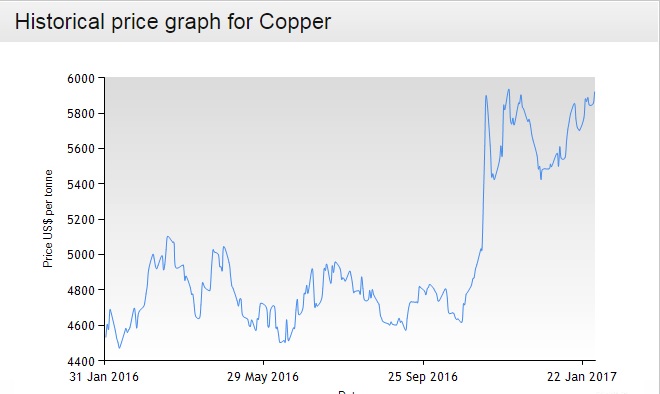'Tesla Effect' Jamming Copper Supply Chains, Prices
LONDON -- Copper prices continue to escalate, leaving commodity managers worried that future margins might be squeezed.
The source of the problem lies outside the PCB industry. While overall demand for printed circuit boards has not changed much over the past several quarters, demand from other quarters is sucking up all available inventory.
In particular, batteries for electric and hybrid autos are consuming huge quantities of copper. The typical American car contains about 55 lb. of copper wiring. An electric car, however, has three times as much, according to the Copper Development Association. The impact of HEVs on raw material supplies is so pronounced, some observers have taken to calling it the "Tesla Effect." 
The impact to providers of copper foil for PCB laminates has been pronounced. According to some insiders, most suppliers are at 100% capacity -- assuming, of course, they have access to raw material. The vertical suppliers, with internal foil departments, are currently better positioned to meet demand for laminate orders, according to PCD&F sources. Indeed, the depleted reserves has led some laminate producers to try to source raw material from competitors -- in some cases tens of thousands of sheets are being purchased.
Reports indicate the situation has prompted overbooking by various Asian commodity managers concerned about availability or future price increases. Such moves can exacerbate existing supply chain problems.
Copper prices on the London Metal Exchange have risen over the past 12 months to about $5900 per tonne from about $4500 per tonne. And with lead times for new copper foil capacity requiring as many as 18 months, it's not clear the pricing will settle down in the near future.
Copper hasn't been the only metal affected. Tin and lead prices are up 46% over the past year, and silver is up almost 20%. To be sure, most prices are generally well short of their 2012 peaks. Still, the inflationary trend couldn't come at a worse time for electronics manufacturers, most of which are coming off tepid performances in 2016 and were looking forward to a rebound in 2017.
Press Releases
- Indium Corporation to Showcase Sustainable Solutions for Power Electronics at PCIM
- Kubler US Corp. Expands to Texas and Surrounding States with FHP Reps
- Indium Corporation Experts to Present on High-Temperature, Lead-Free Solder Paste and High Reliability Liquid Metal Alloys Poster at ECTC
- Altus Adds PVA's Game Changing PathMaster X Software to Portfolio







